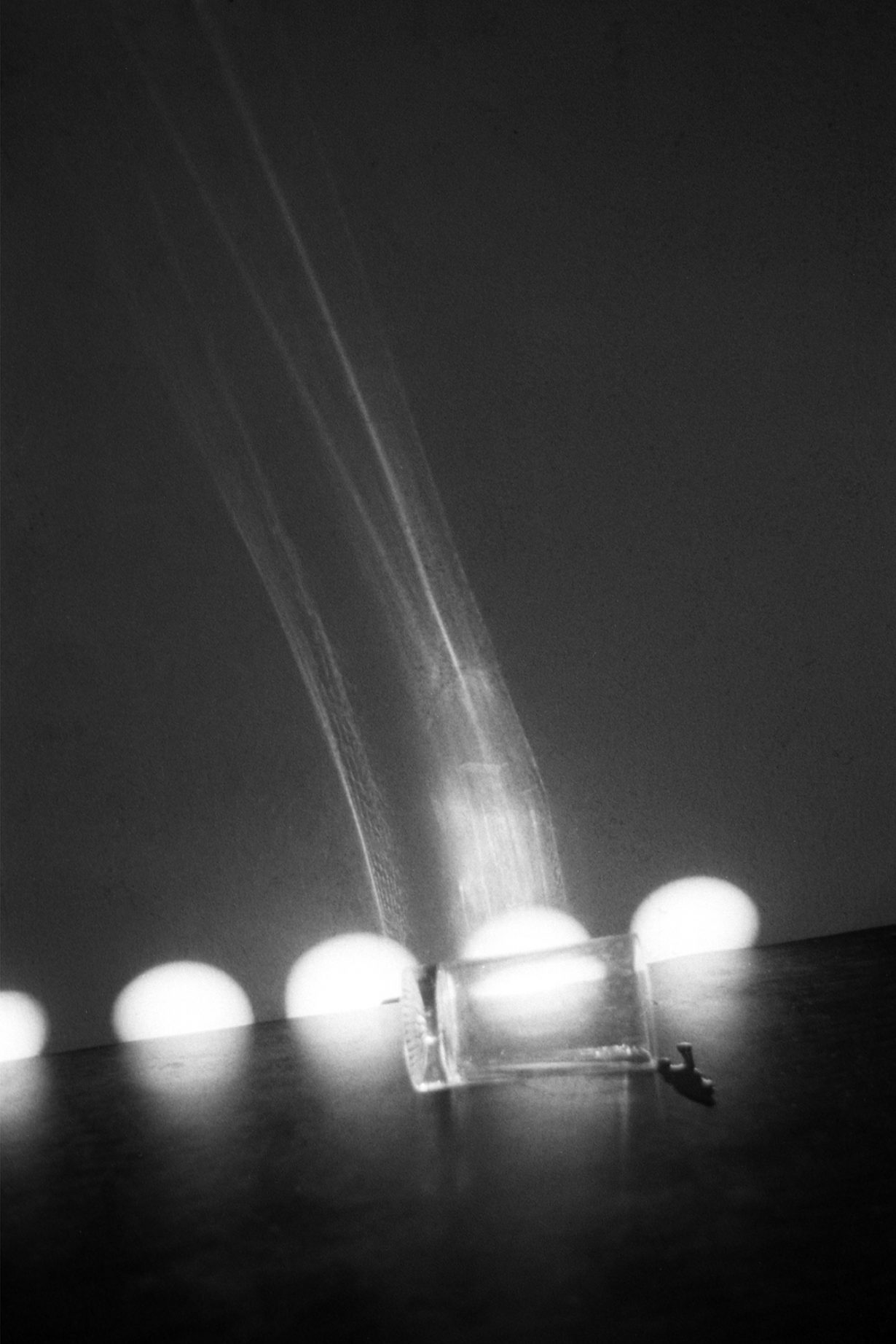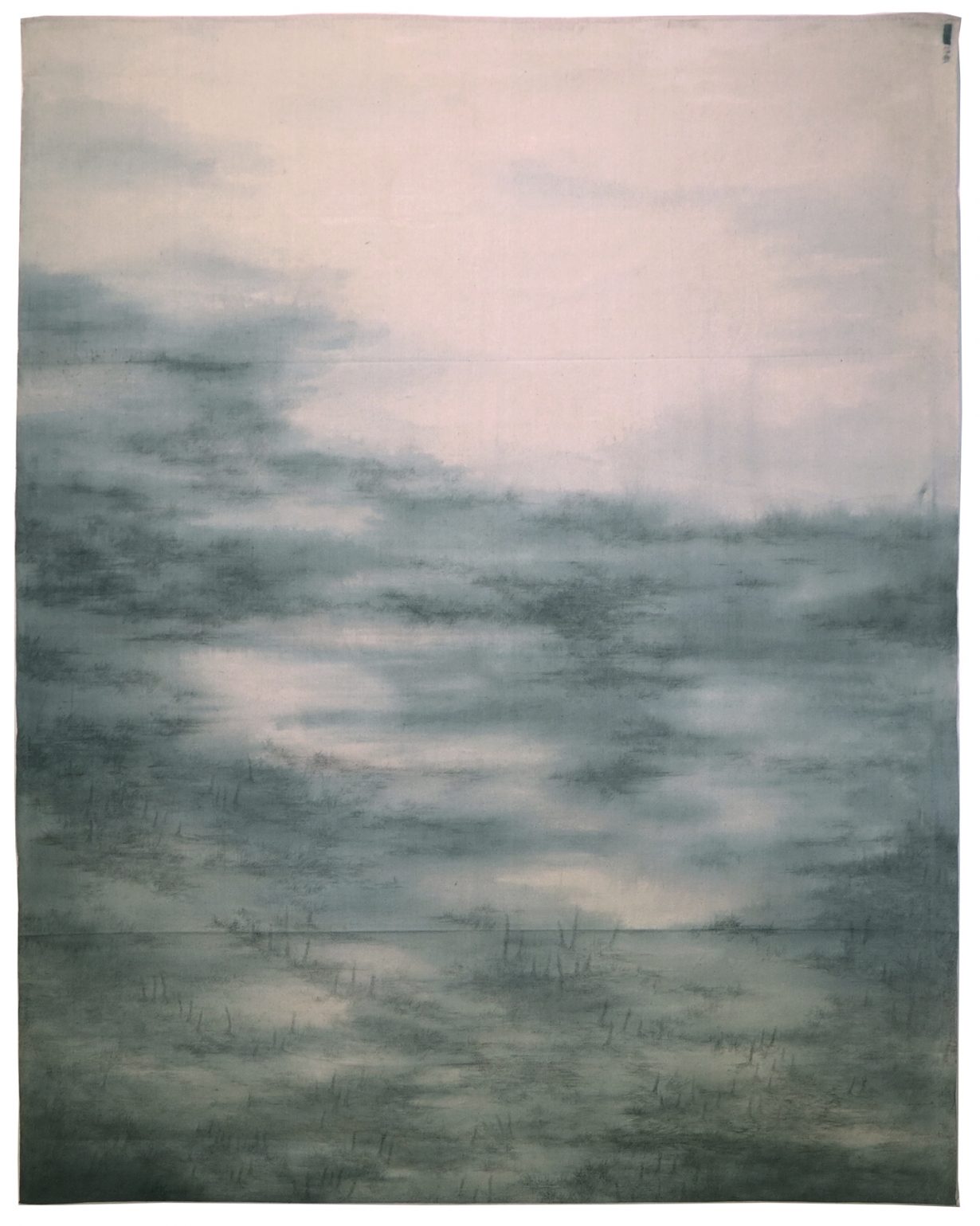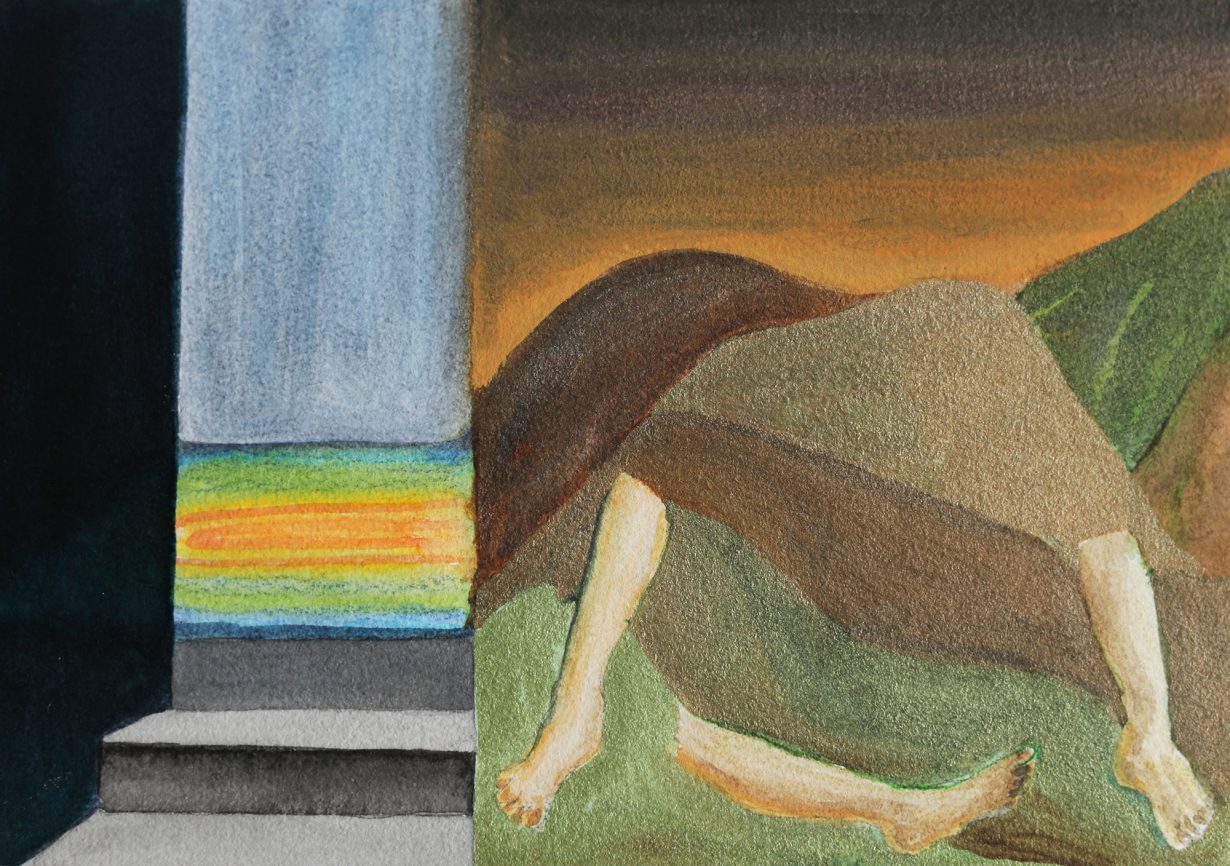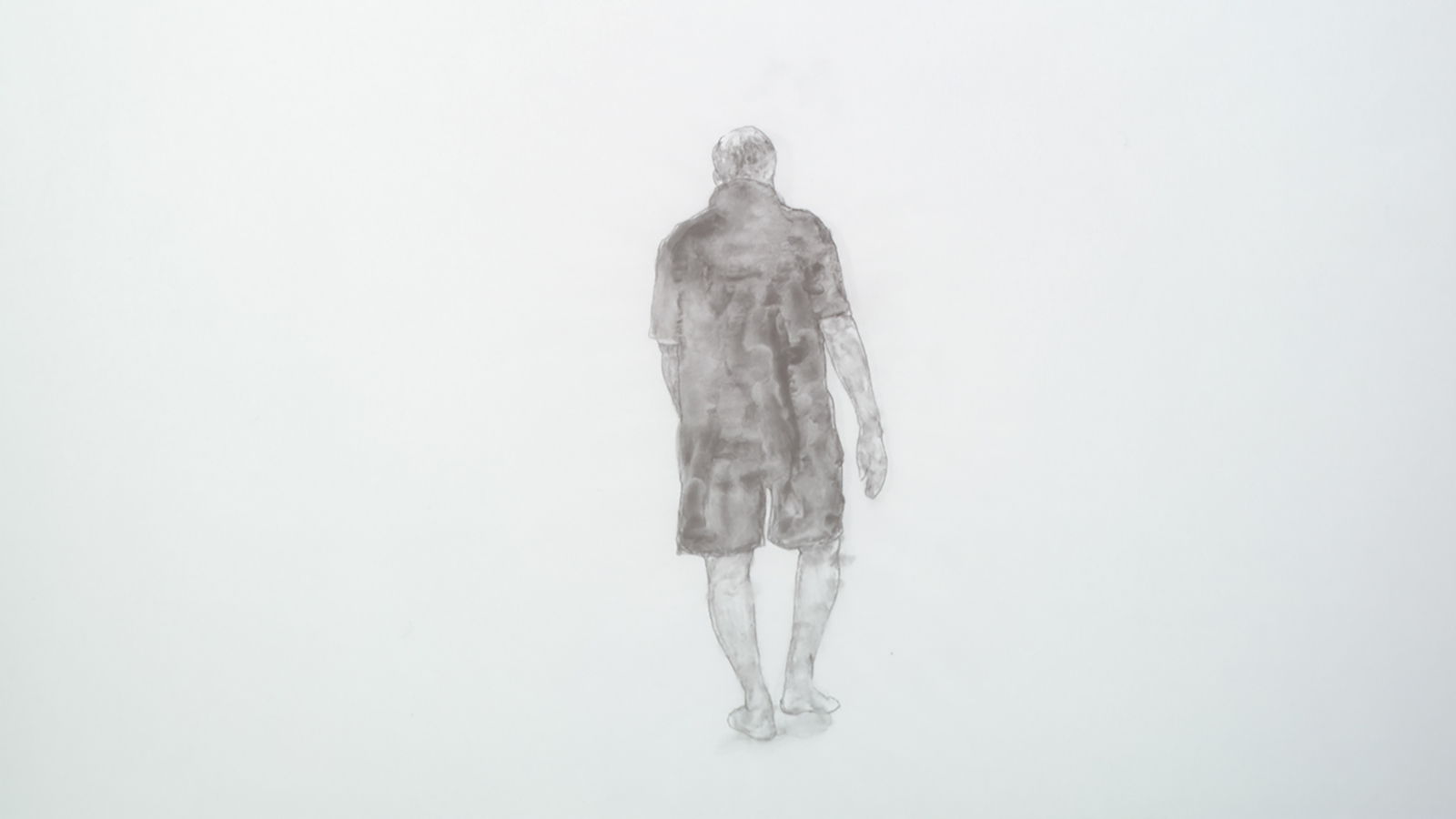Experimenter in Kolkata asked three of its artists to select new ones to show work in the gallery. The results are fugitive and affecting
To mark its 16th anniversary, Experimenter asked three of the artists it represents – Sohrab Hura, Bhasha Chakrabarti and Rathin Barman – to select another artist who had not previously exhibited with the gallery to present their work across its two Kolkata spaces. The result is a four-artist (Hura selected two artists) group show that eschews shared narrative frameworks. Although somewhat atomised due to the decentralised curating, the works effectively foreground each of the participating artists’ thematic preoccupations.
At Ballygunge Place, Aishwarya Arumbakkam (invited by Hura) shows Ten sounds I cannot hear (2020–22), which includes iterations of images she had captured of her parents (from whom she was geographically distant) via FaceTime during the COVID-19 pandemic. After tracking her father’s daily step count through notifications on her phone, she imagined these walks as a hand-drawn video-animation, which is playing on loop to the tick-tock of a metronome. The artist also recorded the sound of her Amma breathing over a call, which the visitor can listen to via a pair of headphones. The effect is at once embodied and disembodied; personal and spectral. The sound of the breathing other progressively amplifies an obligatory separation and the extension of care through long-distance calls.

Sathish Kumar’s photographic series, shown in an adjacent room, takes on an indexical register. In 2020 Kumar (also selected by Hura) began to take pictures from his terrace with a point-and-shoot digital camera. Titled Sunlight (2020–), the series evolved, when lockdowns lifted, outside the limits of the artist’s home to accommodate peripatetic views from around India. What unites them is that each image is of a moment of arrested sunlight as it comes into contact with various everyday objects, creatures and surfaces. The contrast in light and shadow is rendered ever more sharp by the black-and-white format of the photographs, with the artist’s shadow often percolating into the frame like another spectre.

This focus on the contours of natural light is complemented by the ways in which, over at the gallery’s Hindustan Road space, Rai (invited by Chakrabarti) paints darkness in her seemingly abstract series Fever (2024–). These paintings appear to unfold layer by layer in the dimmed gallery space: one must peruse her expansive landscape paintings of the coastal wetlands of Goa (we learn from the exhibition text) by the light of a UV torch to detect fluorescent pigments that are hidden from plain sight. In a video, Search Party (2024), we meet a fisherman who also works as a paini (guard) for a set of wetland sluice gates; we follow him as he goes out into the wetlands with a headtorch to perform his fishing routine. With the sound of crickets chirping in the video permeating the darkened gallery space, it’s not hard to make the connection between our own torchlit search among Rai’s paintings and the fisherman’s careful nighttime probing of aqueous terrains.

Rupali Patil’s presentation (titled If we opened people up, we’d find landscapes, 2025; on show at Ballygunge Place) perhaps carries the most political weight of those works included here. Informed by a news report that highlighted the ways in which poor female labourers in the sugarcane factories of Beed, Maharashtra, suffered terrible hygiene conditions and economic pressures, Patil (invited by Barman) made a series of paintings and sculptures that shed light on the women who were opting to undergo (ill-informed) hysterectomies as a means of dispensing with sanitary products and increasing their working hours. Confronted by the disembodied breasts, uteruses and limbs that pour, hang or erupt from architectural structures in the paintings, I am made acutely aware of the parameters of my own corporeality and forced to reckon with how deeply entrenched our bodies’ functions are within capitalist infrastructures.
Artists for Artists at Experimenter Ballygunge Place and Hindustan Road, Kolkata, 5 April – 14 June
From the Autumn 2025 issue of ArtReview Asia – get your copy.
Read next The hidden hypocrisy of India’s ‘radical’ artworld
